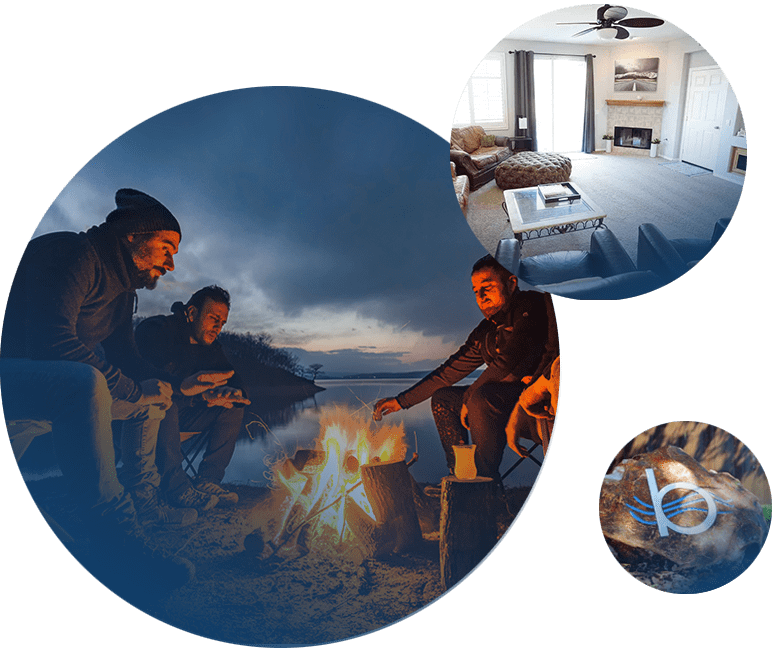


Addiction is a problem throughout the country, and California is no exception. Much of the focus around the country has been placed on fentanyl use. After all, fentanyl overdoses outrank all other drug addiction deaths. However, meth addiction has been rising steadily in the past several years. As a result, overdoses have been increasing as well.
Pop culture such as the popular show Breaking Bad has helped glorify meth use even as it portrayed characters stuck in horrific cycles of addiction. As pop culture brought a resurgence of popularity to meth, cartels have created more pure products as a result. This has made meth more addictive and more likely to cause an overdose.
According to the California Overdose Dashboard, deaths from illicit psychostimulants such as methamphetamine increased more than 250 percent between 2008 and 2015. California is, after all, a popular state to traffic drugs through. The Central Valley is considered one of the most active meth markets in the US. Some of the meth is manufactured in California, but now it is often more likely to have been made in Mexico and distributed through trafficking networks.
Drug dealers often use fentanyl as an adulterant to other drugs to make it more addictive or more potent. For inexperienced opioid users, this can be a fatal decision. It’s caused people to overdose on drugs like meth or cocaine more often. Combining uppers with downers is also more likely to cause a heart attack.
Many people who take meth with fentanyl don’t know that they’re doing it. However, some meth users also use other hard drugs like heroin or fentanyl.
Many harm reduction proponents recommend all drugs users consider acquiring Naloxone, an opioid reversal drug. Some people even use fentanyl testing strips to test for the presence of fentanyl in other drugs.
Are you or somebody you love looking for a living situation that helps you stay sober? We can help! Our sober living homes offer structure, safety, recovery, and community. Get in touch to learn more about how we can help at 760-216-2077.
The addiction crisis is raging in San Diego during the times of the COVID-19 pandemic. Like many parts of the country, addiction rates have seen an uptick due to isolation and other stressors of the pandemic. San Diego has lost an average of three people a day to overdoses.
In 2020, the County reported 457 fentanyl-related overdose deaths, but not all opioid deaths are from fentanyl, and not all opioid deaths have yet been counted. A total of 722 meth users were lost to an overdose last year, up from 546 the previous year. A large number of prescription drug users – 576 – were lost to overdose as well.
All of these numbers are startling. In recovery, there have been many anecdotes of people with long-term sobriety relapsing. Relapse doesn't have to be a part of your story, even if you're struggling. And even if you DO relapse, you are welcome back to recovery with open arms.
Of course, life has been difficult for people of all walks of life during the pandemic. And for most of us, it’s not over. People who live with addiction especially need support during these times. Staying connected to other people in recovery can help you stay sober and sane.
San Diego offers many opportunities for recovery for those who embrace them. 12-step meetings, therapy online, and even peer support groups are incredibly valuable for people in recovery.
The Harm Reduction Coalition of San Diego County is one example of an organization that uses state grant money to help reduce the harmful dangers of addiction. They offer needle exchange services and the opioid-reversal drug, Narcan, to drug users to help them stay safe.
Harm Reduction Coalition of San Diego also offers fentanyl test strips, wound care, education, and referrals for healthcare.
Are you a recovering addict or alcohol looking for a sober living situation that offers recovery and stability? Sober living situations offer structure and independence as you learn to live life on its terms, without substances.
Living with others who have the same goals and similar challenges can help you continue to grow in recovery. Structured support will help you stay centered. You’ll also find community and camaraderie in daily living activities such as cooking, doing chores, or even taking time together to go bike riding or strolling on the beach.
Many people who are looking for aftercare choose sober living as their next step.
Learn more about sober living opportunities by giving us a call at 760-216-2077.
With drinking on the rise and affecting over 33 million people in the United States, efforts to provide alternatives to punitive corrections such as sober living and/or treatment has its own barriers. Society wants them to get help, but not close to them. Alcohol and drug free homes are opening up to attend the demand, but what are the standards and protocols? Is a sober house just any house with agreed rules or should overseeing bodies have close monitoring? Do cities work with these overseeing bodies and how can users and the community have feedback? Research has found that housing for alcohol and drug addiction recovery does in fact reduce crime and impact the overall ambience of a community. The effort lies in communicating these results to society and agreeing on best practices of these residences to have more outcomes rather than dark stories that can pull strong efforts to change the way we view substance use disorders.
